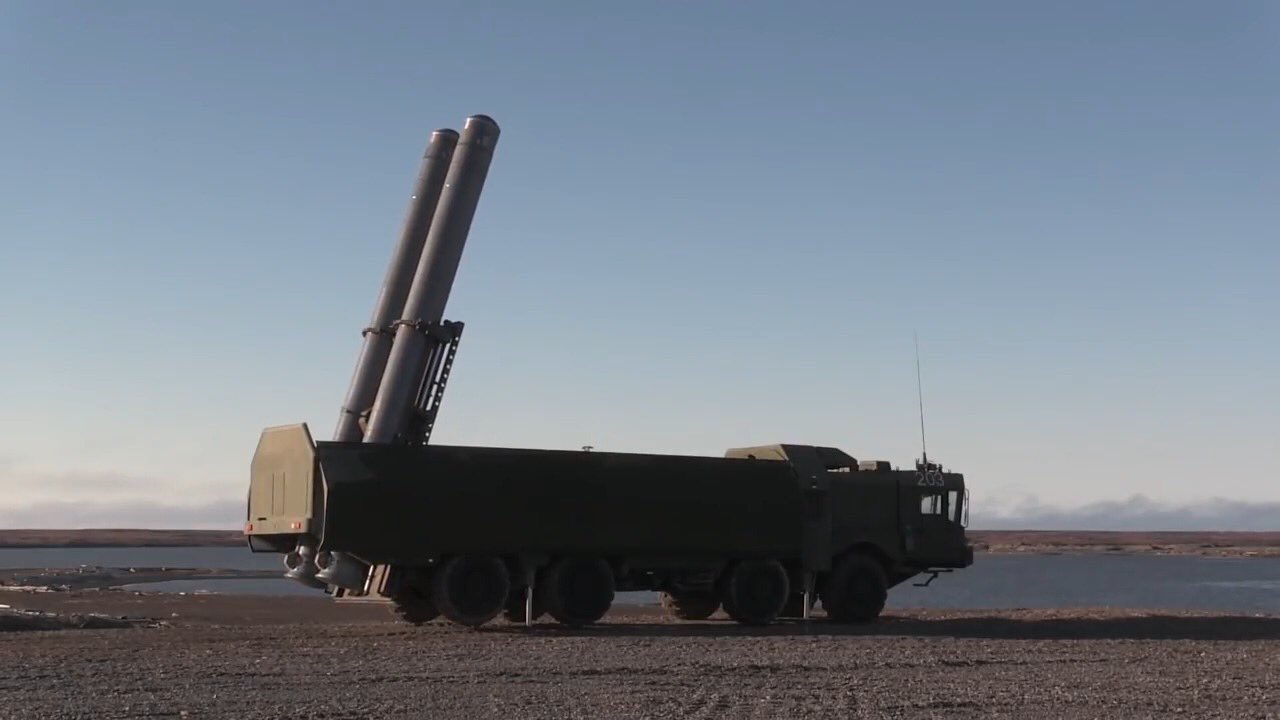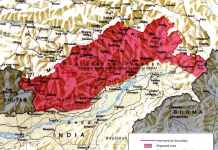The Russian Defense Ministry said on Monday that its Pacific Fleet’s Bastion mobile coastal defense systems had been stationed for deployment on the Kuril island of Paramushir.
“The Bastion coastal missile system combat units of the Pacific Fleet have been deployed and have taken up duty in the northern part of the Kuril ridge on Paramushir Island. Coastal missile men of the Pacific Fleet will keep a round-the-clock to control the adjacent water area and strait zones,” the ministry said in a statement.
K-300P Bastion-P systems were deployed on the Kuril island of Matua in December 2021. The Russian Bastion mobile shore-based missile complex’s main function is to attack surface ships, such as carrier battle groups, convoys, and landing craft.
Earlier, Russia stated that the combat units of the Bastion coastal missile system of the Russian Pacific Fleet had made its service deployment for the first time on the Kuril island of Matua.
“The Bastion coastal missile system combat units of the Pacific Fleet have been deployed and have taken up duty on Matua Island for the first time. On this remote island in the central part of the Kuril ridge, Pacific Fleet missiles will be on a 24/7 standby to control the adjacent water area and strait zones,” the Eastern Military District reported.
According to the statement, the operation and maintenance, technical posts equipment, material storage facilities, and entrances to the launching zones have all been developed and deployed. The military personnel took up duty and carried out the scheduled combat training exercises.
Bastion-P Coastal Defense System
The Bastion-P is a mobile coastal defense system capable of striking high-value naval vessels. In terms of Russian maritime policy, it is seen as the final line of defense. In recent years, Moscow has deployed this system in several of its most critical maritime zones.
In December 2021, the Russian military stationed a K-300P Bastion-P mobile coastal defense missile system in the Kuril Islands, a chain of islands in the northwest Pacific Ocean.
Russia and Japan have conflicting claims over the region.
A military brigade equipped with Bastion missile systems was deployed in Sevastopol on the Crimean peninsula after Moscow annexed it in 2014. Russia also installed this system in the Arctic to safeguard its vast Arctic coastline, mineral and energy resources, and territorial waters.
The K-300P Bastion-P, also known as the SSC-5 Stooge, utilizes the supersonic P-800 Oniks anti-ship cruise missiles. These missiles are also deployed on warships and submarines and are designated SS-N-26 Strobile in the West. Their export designation is ‘Yakhont.’
A solid-fuel rocket booster propels the missile before being accelerated to a maximum speed of Mach 2.2 by a liquid-fuel ramjet motor. Its full range is more than 180 miles, which includes a high-altitude cruise phase. The missile can also fly a low-altitude trajectory, lessening the range to roughly 75 miles.
A standard Bastion-P battery comprises one or two commands and control vehicles on KamAZ-4310 6×6 truck chassis, one support vehicle, and four launcher vehicles, each armed with two ready-to-fire missiles and four loader vehicles.

This missile system’s guidance system is mesmerizing since it coordinates with other missiles to assign and categorize targets according to their relevance before choosing a viable attack strategy.
The remaining missiles strike other ships once the main target is destroyed, ensuring that no target receives more than one missile attack.
The Bastion systems’ missiles initially fly toward the target using an inertial navigation system (INS) backed by GLONASS before switching to active radar guidance as they draw closer. GLONASS is a Russian satellite navigation system akin to the US GPS.
The Bastion appears to have been utilized in Ukraine, highlighting the system’s enhanced land-attack capability. Global customers have long been marketed the Bastion system and the Yakhont missile. Countries such as Syria, Indonesia, and Vietnam have already purchased the Bastion-P.
- Contact the author at ashishmichel@gmail.com
- Follow EurAsian Times on Google News




